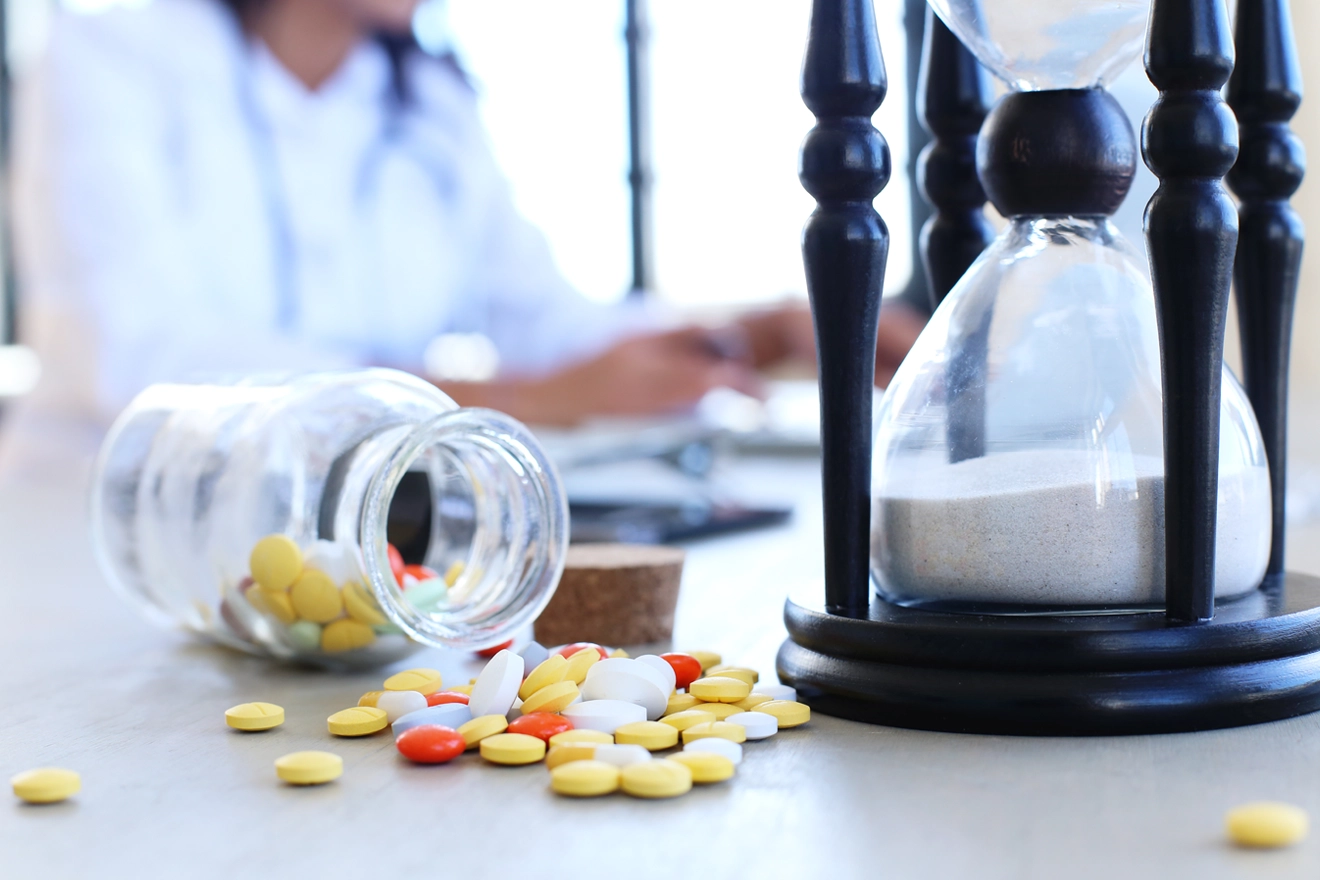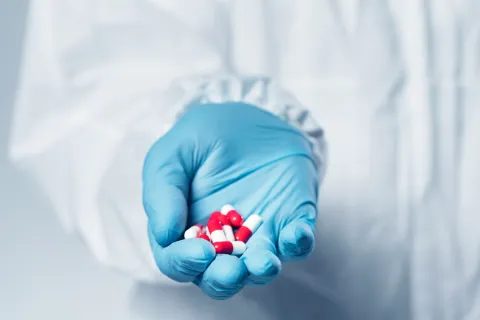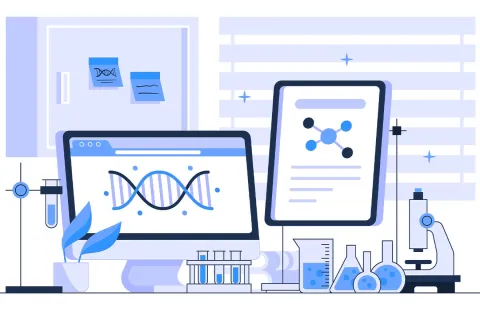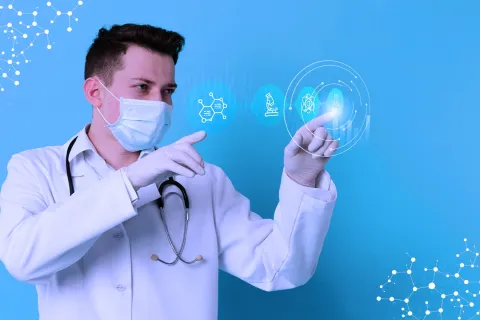
The journey of a drug from its conception to its entry into the global market is a complex and multifaceted process, fraught with challenges and governed by stringent regulations. Pharmacovigilance (PV) plays a critical role in this journey, ensuring that the safety and efficacy of pharmaceutical products are maintained at every stage. In this blog, we will explore the drug development process through the lens of pharmacovigilance and its significance in the global market.
The Drug Development Process
The drug development process can be broadly divided into pre-marketing and post-marketing phases. Pre-marketing involves the discovery and clinical trials of a drug, while post-marketing encompasses the surveillance of the drug's performance once it is available to the public.
- Pre-Marketing Phase: This phase includes several stages of clinical trials designed to assess the safety and efficacy of a drug. However, these trials are conducted on a limited population under controlled conditions, which may not reveal all potential adverse drug reactions (ADRs).
- Post-Marketing Surveillance: After a drug is approved for use, it enters the market and is prescribed to a much larger and more diverse population. Post-marketing surveillance is crucial as it uncovers ADRs that may not have been apparent during clinical trials.
The Role of Pharmacovigilance in Drug Development
Pharmacovigilance comes into play at every stage of the drug development process:
- During Clinical Trials: PV professionals monitor and evaluate data to ensure patient safety. They are responsible for reporting any serious adverse events to regulatory authorities.
- Post-Marketing: Once the drug is in the market, pharmacovigilance activities include collecting and analyzing data from healthcare providers and patients to identify new safety concerns and to inform healthcare decisions.
Global Considerations in Pharmacovigilance
The global nature of drug development requires a harmonized approach to pharmacovigilance. Different countries may have varying regulations and guidelines, which can pose challenges for pharmaceutical companies. International collaboration and adherence to guidelines such as those provided by the International Council for Harmonisation (ICH) are essential for maintaining a consistent standard of drug safety worldwide.
Challenges and Opportunities
Pharmacovigilance faces several challenges in the global market, including the need for better planning and early integration of safety monitoring systems. The rise of new therapies, personalized medicines, and digital health technologies also demands a robust PV system that can adapt to rapid changes.
However, these challenges also present opportunities for innovation in pharmacovigilance. The use of real-world evidence, advanced analytics, and artificial intelligence can enhance the detection and analysis of ADRs, leading to improved patient safety and more informed regulatory decisions.
Conclusion
The drug development process is a testament to the intricate balance between innovation and patient safety. Pharmacovigilance is the backbone of this process, ensuring that as new drugs enter the global market, they are continually monitored and evaluated for safety. As the pharmaceutical landscape evolves, so too must the practices of pharmacovigilance, adapting to new challenges and leveraging opportunities to protect public health and foster trust in the medications that many rely on.
Pharmacovigilance is not just a regulatory requirement; it is a commitment to patient safety and a necessary component of the global healthcare system. A seasoned regulatory partner like Freyr can facilitate the integration of pharmacovigilance in the drug development process which will remain pivotal in delivering safe and effective therapies to patients around the world.









